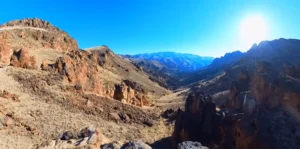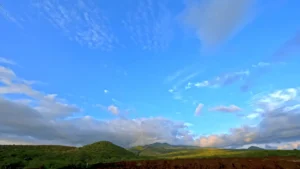Trees in Washington State: Learn How To Identify
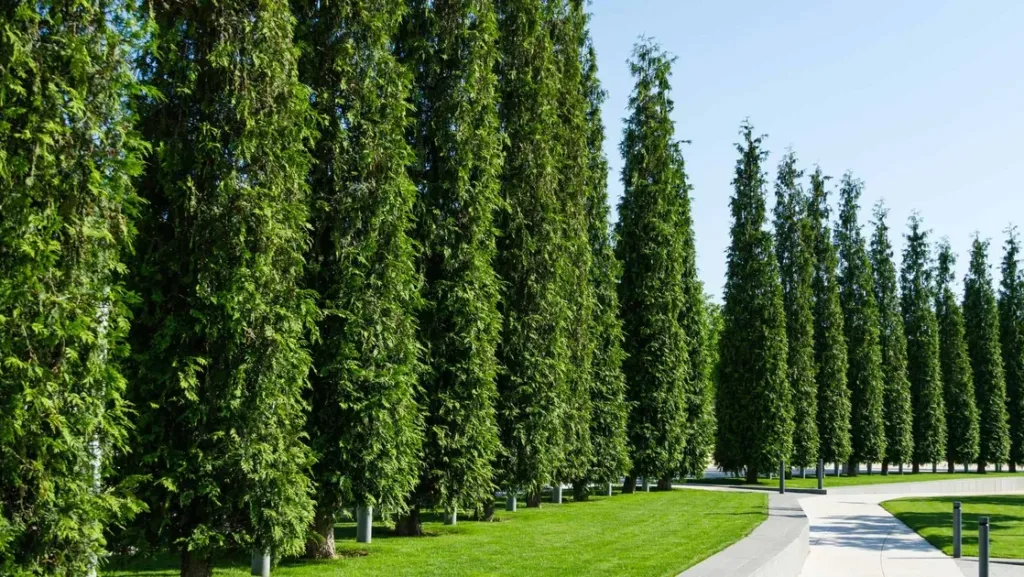
Trees in Washington State. The State is famous for its stunning natural landscapes and diverse ecosystems and is also home to a wide variety of trees. From the tall conifer trees in the Olympic Peninsula to the colorful deciduous trees in the eastern lowlands, Washington’s trees are as diverse as its geography.
Why Trees in Washington States Matter
Washington State is well-known for its coniferous forests. The region is home to many types of conifers. These towering trees not only shape the landscape but also play a big role in nature. Trees in Washington State provide shelter for wildlife, and their seeds are a source of food for many bird species. They’re also an important part of the state’s economy because they’re used for timber.

How many types of trees are in Washington state?
Washington State is home to a diverse range of tree species. The total number of species of trees in Washington State can be quite extensive when considering both native and introduced species. However, there are approximately 25 native species trees in Washington State’s forests.
Some of the most common native trees in Washinton State are Douglas fir, Western hemlock, Sitka spruce, Bigleaf maple, Red alder, Black cottonwood, Western redcedar, Lodgepole pine, Ponderosa pine, Quaking aspen, Paper birch, and Pacific silver fir among others.
Additionally, there are non-native or introduced species of trees in Washington State planted for various purposes, such as ornamental landscaping or timber production.
Where to Enjoy Washington’s Trees
Following are some famous places where you can enjoy the trees in Washington State
Olympic National Park
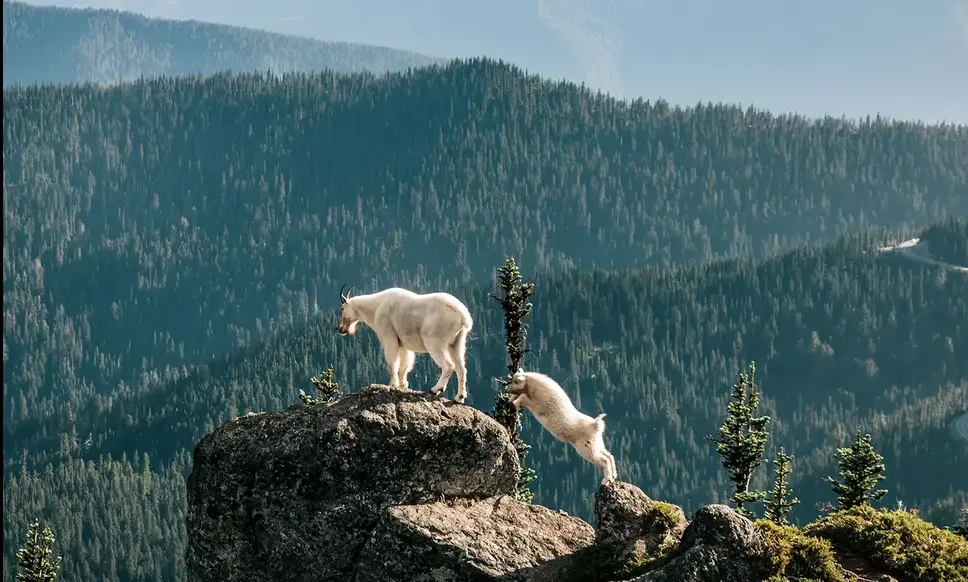
For Trees in Washington State the Olympic Peninsula is a paradise for tree lovers. Olympic National Park is home to some of the tallest trees in the world, including Douglas firs and Sitka spruces. A visit to the Hoh Rainforest will surround you with ancient trees covered in moss.
Tree of Life: Olympic National Park
At Olympic National Park, Kalaloch Campground down here, you’ll have access to the beach, and just to the right of the stairs, you’ll find the Tree of Life. This magnificent tree is a large Sitka Spruce that appears to be almost floating.

It’s a wonder because it’s unclear how it manages to thrive in this unique position. Its roots seem to dangle freely. You’ll notice a small stream that flows through and into the ocean, contributing to its intriguing ecosystem So, you must see the Tree of Life.
Mount Rainier National Park
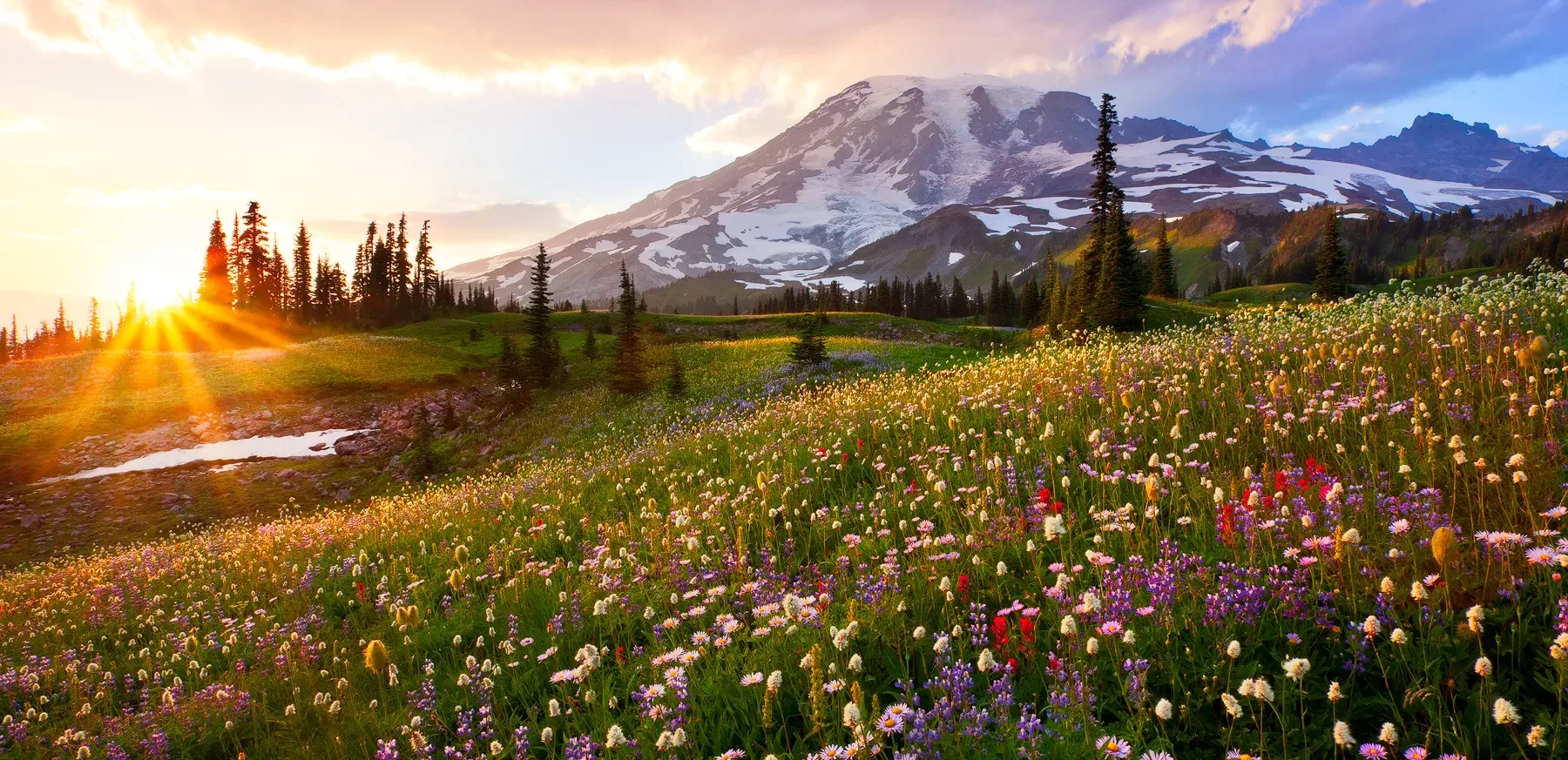
Mount Rainier National Park offers hiking trails that wind through lush forests of Douglas firs and western hemlocks. In addition to the trees, you’ll be treated to vibrant wildflower meadows.
Gifford Pinchot National Forest

Located in southwestern Washington, Gifford Pinchot National Forest provides plenty of recreational opportunities in a forested setting. Explore the Ape Caves or hike the Lewis River Trail to experience the natural beauty of this region.
Palouse Falls State Park
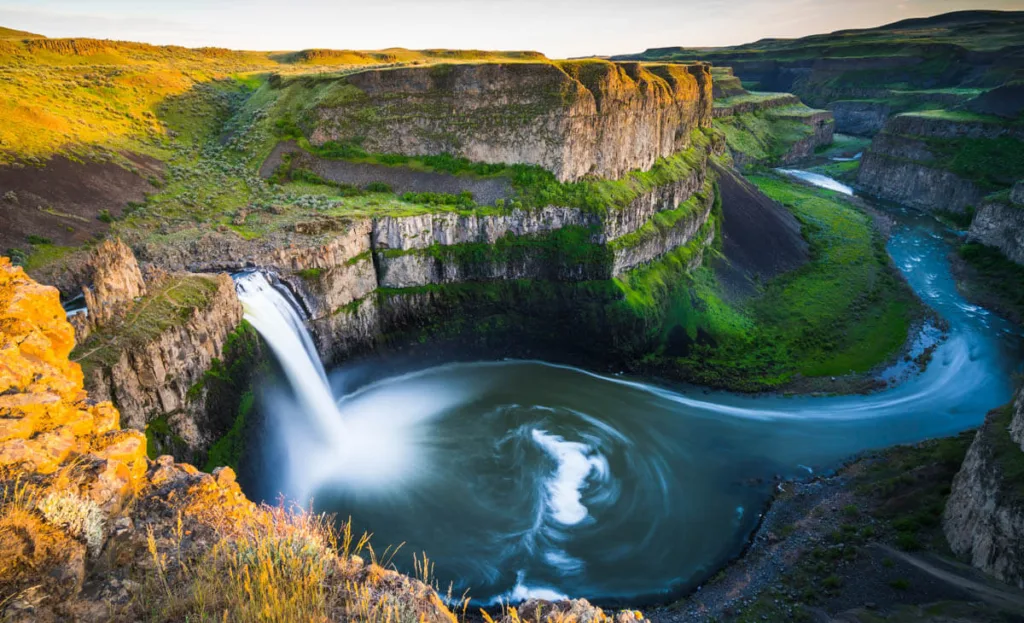
In eastern Washington, Palouse Falls State Park is a great place to see the stunning colors of deciduous trees in the fall. Cottonwoods and willows create a beautiful display of autumn foliage.
Snoqualmie Falls

A short drive from Seattle, Snoqualmie Falls is surrounded by a dense forest of Douglas firs and bigleaf maples. It’s a convenient nature escape for city dwellers.
Key Characteristics For Tree Identification
Here we learn how to identify different trees in the forest and what kinds of things to focus on. By observing these features, it’s easy to identify the different tree species.
Western Hemlock: Washington State’s official tree
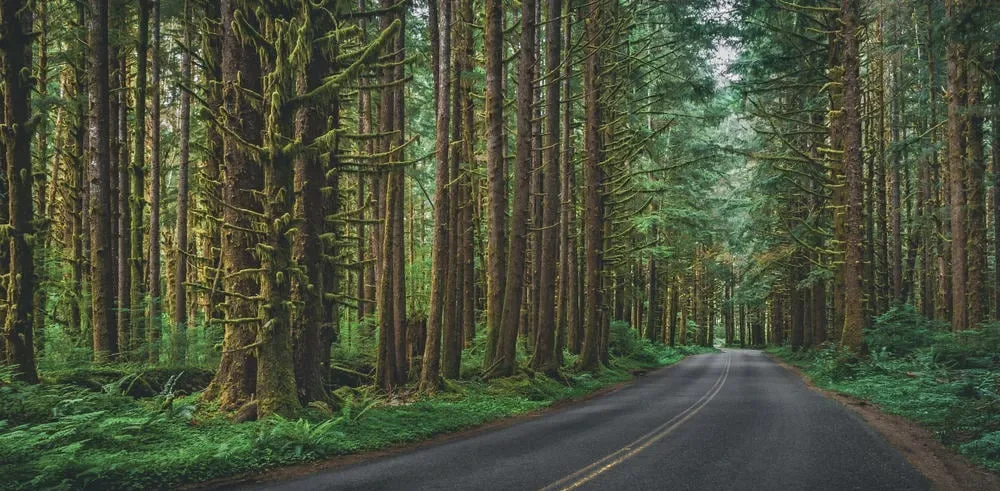
This tree is actually Washington State’s official tree. You can recognize it by its short flat needles with blunt ends. The bright green color shows new growth. When you flip the needles over, they appear white on the bottom. But the easiest way to identify is by looking at the top of the tree, called the leader. It always droops over, making it easy to spot in the forest. These trees can grow quite large.
Big Leaf Maple
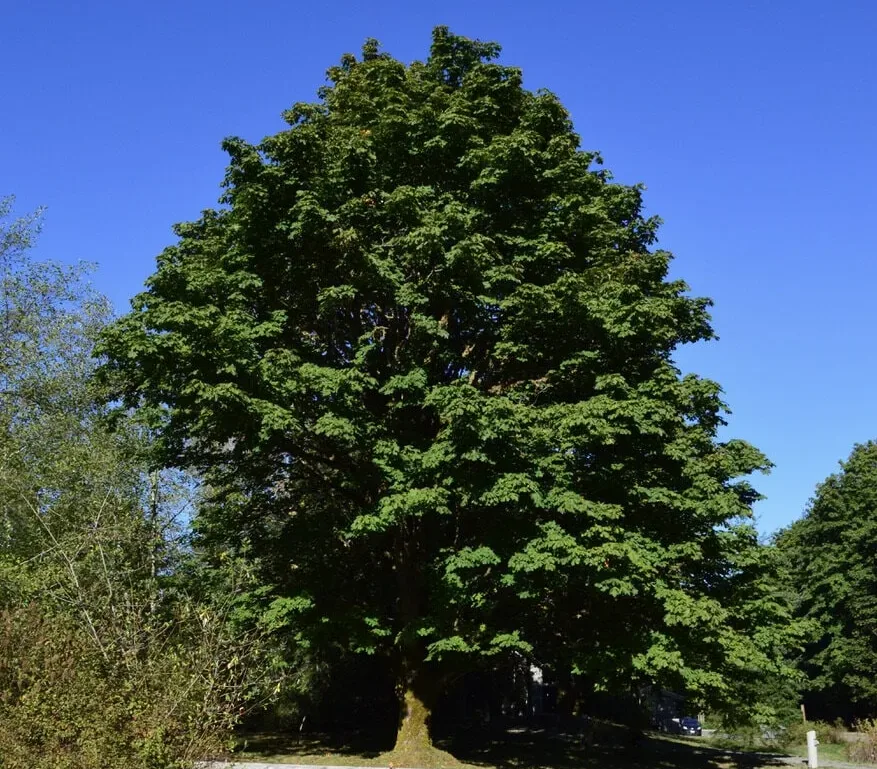
These trees have some of the widest diameters in the forest. The bark is rough and grooved like elephant skin. Its leaves have five lobes with pointed edges, and unlike conifers, this one is deciduous. Big Leaf Maples grow wide rather than tall, and the top part is called the crown
Red Alder

It’s also deciduous. Unlike the other trees with rough bark, the Red Alder has smooth bark, often covered in moss. Its leaves are oval-shaped with serrated edges. It resembles mountain ranges.
Douglas Fir

This tree has grooves in its bark that runs vertically. The bark is very thick. This thick bark helps protect the tree from forest fires. The needles on the branches wrap all the way around, and you spot little buds at the end. You’ll often find Douglas Fir cones growing on the branches.
Western Red Cedar

It’s called Western Red Cedar because of its red-looking bark. The branches of the tree look like flattened braids, and they resemble ferns or feathers up close.
In Conclusion
The trees in Washington State are more than just part of the scenery; they are living beings that play a crucial role in the state’s ecosystems. Whether it’s the majestic conifers that define the Western landscape or the vibrant deciduous trees in the East, Trees in Washington State provide homes for wildlife and a connection to the wonders of nature. Whether you’re a nature enthusiast, a hiker, or simply seeking a peaceful getaway, Trees in Washington State invites you to explore their diverse world of life and beauty.

